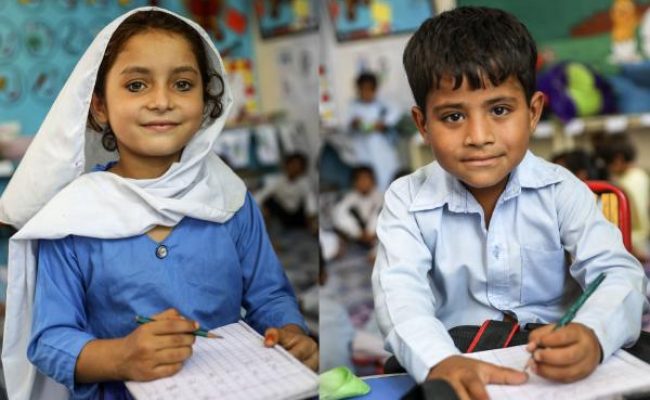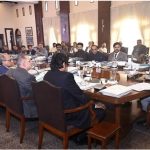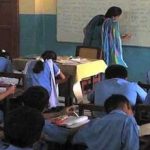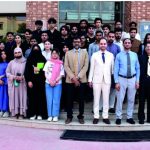PESHAWAR: Thirty-nine per cent of Khyber Pakhtunkhwa’s 11.7 million children in the 5-16 age bracket are out of school, reveals a recent Benazir Income Support Programme survey.
Of them, one million live in the merged tribal districts.
According to the survey, which was carried out as part of the BISP’s National Socio-Economic Registry census with the help of elementary and secondary schoolteachers, the children not attending school in the province total 4.7 million.
The number of such children in settled districts has gone up from 2.1 million in 2018 to 3.7 million in 2021 despite the Rs632.2 billion elementary and secondary education expenditure during the period.
The province spent Rs136.2 billion in the sector in 2017-18, Rs145.9 billion in 2018-19, Rs166.4 billion in 2019-20, and Rs183.7 billion in 2020-21, sources told.
The documents available, show that the number of out-of-school girls in the province is 2.9 million,which amounts to 53 per cent of the total 5.4 million girl population of the same age group.
Of the 6.2 million boy population, 1.7 million are out of school.
According to the survey, the children in 5-16 age bracket in the province total 11.7 million,including 1.8 million in tribal districts.
The figures painted a grimmer picture of the situation in the merged districts as 74.4 per cent of girls and 38.5 per cent of boys in that age group are not attending school.
In settled districts, the percentage of such girls and boys was 47 and 27.2, respectively.
The survey also revealed that 65.2 per cent of the people declared poverty as the reason for not sending their children to school, while 15.2 attributed it to low standards of education.
It also showed that 12.1 per cent of the out-of-school children were engaged in child labour, 3.8 were unwilling to study, and 3.7 were out of school due to health issues.
Kolai-Palas district topped the list of the settled districts with the highest number of out-of-school children with 77 per cent not attending school, Upper Kohistan second with 70 per cent and Lower Kohistan third with 69 per cent. The three districts were carved out of Kohistan district a few years ago.
Similarly, the percentage of such children was 61 in Torghar district, 55 in Shangla, 53 in Lakki Marwat, 51 in Tank and Battagram, 47 in Hangu and Bannu, 46 in Dera Ismail Khan, 44 in Peshawar, 40 in Buner, 41 in Swat, 37 in Kohat, 36 in Upper Dir, 31 in Charsadda and Nowshera, 30 in Haripur, 29 in Karrak, Swabi and Lower Dir, 28 in Mardan, 25 in Lower Chitral and Mansehra, 21 in Malakand, 14 in Abbottabad, and 12 in Upper Chitral.
In the merged tribal districts, North Waziristan has the most out-of-school children. Its 66pc children are not attending school followed 63 pc in Bajaur, 61pc in North Waziristan, 51pc in Mohmand and Khyber, and 47pc in Kurram and Orakzai.
When contacted,elementary and secondary education minister Shehram Tarakai attributed the increase in the number of out-of-school children to multiple factors, mainly the Covid-19 pandemic.
He said the outbreak of coronavirus had affected all walks of life around the world, including the region.
“The children earning bread for their families often drop out, while many don’t get formal education due to the unavailability of schools in own areas,” he said.
The minister said the education department had taken several initiatives to enrol out-of-school children and they included the award of thousands of scholarships and monthly stipend for girls, distribution of free textbooks, and provision of missing facilities to schools.
“We have also launched second shift in government schools to provide education to the children, who work in the morning,” he said.
Mr Tarakai said the number of second-shift schools would reach 1,000 next month and most of them would be for girls.
“The provision of all missing facilities will improve the public perception of government schools and thus, helping increase enrolments,” he said.
The minister said every year, the department launched enrolment campaign at the start of the academic year.
“This year, we have enrolled around one million children in government schools,” he said.







